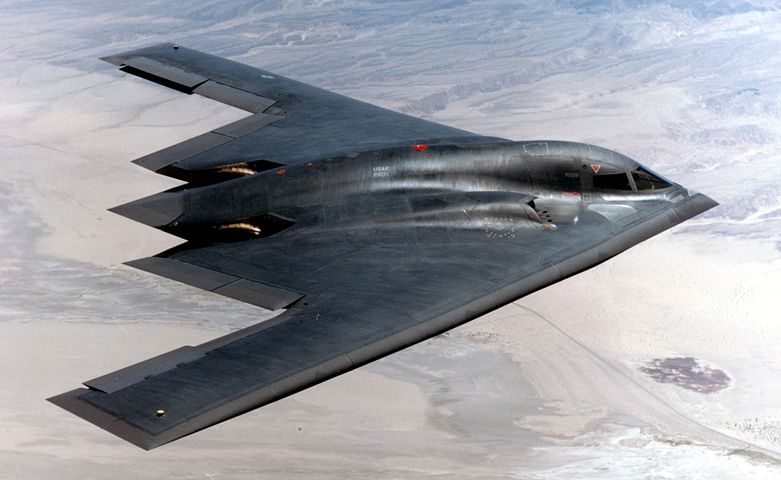
One factor that deeply adds to climate change that doesn’t receive attention proportional to its emissions is the impact of militaries worldwide. This environmental damage occurs not only on the battlefield, but also through the daily operations of military bases and buildings throughout the world. It’s important to understand how the military-industrial complex, a term used for governments whose political interests are influenced through deep ties with defense corporations, relates to this devastation. This complex is important because the more countries who are affected by this, such as the United States, China, the United Kingdom and Australia, the more they will continue the unabashed financing of their militaries, ultimately contributing to larger carbon footprints.
Before going any further, it may be beneficial to highlight some of the ways in which war and other functions of global militaries most impact the environment. Bombing is one of the harshest activities. In the case of atomic or nuclear bomb detonation, everything within a 2-mile radius will either be killed or poisoned. Surrounding habitats will become contaminated with both flora and fauna experiencing mutations of various kinds. Drones have increasingly become used in bombing and airstrike efforts, the environmental impact of which is tied to the toxicity of what is being deployed, which is generally composed of poisonous compounds such as TNT and RDX. Additionally, a main logistical necessity for militaries is to clear land for new bases both temporary and permanent. If the location happens to have been an untouched landscape, the new construction and routine use of heavy vehicles will compact soils, emit carbon dioxide and otherwise disrupt the habitat until restoration efforts are taken.

When it comes to carbon footprints, fuel consumption is what drives military impacts the most. The B-2 stealth bomber burns over four gallons of jet fuel per mile. Over its 6,000-mile range, it emits more than 250 metric tons of greenhouse gases. By comparison, the average passenger vehicle would emit less than 2.5 metric tons over a 6,000-mile trip. Humvees also account for a considerable portion of military’s carbon footprints and run at 4 to 8 miles per gallon of diesel fuel. Another large contributor to military emissions is aircraft carriers and other naval ships. In 2017 the United States Navy purchased $2.8 billion in fuel, which is roughly 115,000 barrels of oil a day, and still had a footprint roughly half the size of the United States Airforce.

A handful of case-studies may prove to be useful in understanding how different militaries operate and which militaries emit the most. Since the United States has the world’s largest military, a brief overview will be a good starting point. The U.S. Department of Defense (DoD) has accounted for roughly 80% of United States federal government energy consumption since 2001. In 2017 the DoD emitted over 59 million metric tons, which if viewed as its own nation, would put the DoD as the world’s 55th largest greenhouse gas emitter. It’s also worth noting that more transparency is needed when it comes to the reporting of US military emission data. The data is often inconsistent and the extent that certain emissions are exempt from reporting is unknown. By contrast, the United Kingdom’s military emitted 3.2 million metric tons in 2017 and reports their data in a much more transparent way. Like the United States, Australia is a country that would benefit from more transparency in the reporting of military emissions. In 2017 the emissions for Australia’s military were reported to be 913 metric tons, or 0.0003% of the emissions of the United Kingdom’s military. China is another country whose reported emission data does not show the whole picture. Considering even non-military emission data from China is hard to come by, finding data related to the military is near impossible. Establishing a clear baseline of global military emissions is important for tracking progress and measuring the effectiveness of emission reduction strategies.
Given that militaries worldwide are beginning to consider national security in the context of a changing climate, it would make sense that they do their part to lessen the carbonic strain on the atmosphere. A Brown University study sparked a dialogue this summer on the environmental impact of war by highlighting the magnitude of the United States’ military. The study ultimately ended with optimism, noting the United States military has made considerable greenhouse gas reductions in recent years. It suggested chiefly to work to increase fuel economy and begin using alternative fuels. The study also advocated for closing bases and reforesting the land. For countries to function, a military is the nature of reality in the world today. With this being the case, an ethical duty rests upon military leaders to ensure what they oversee is operated in a way that responsibly stewards the earth for future generations to enjoy.




